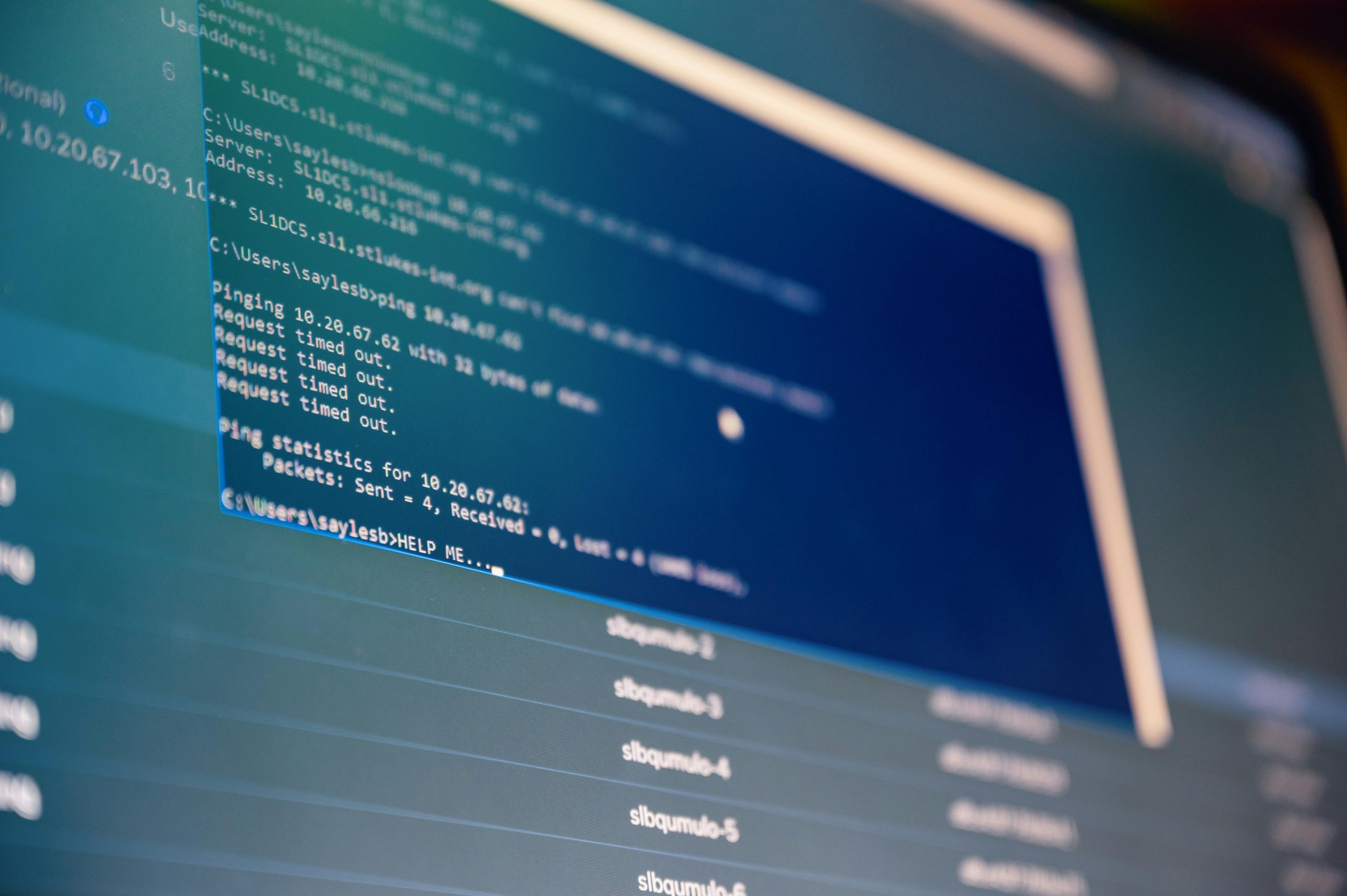Reviving a Dormant PC: Troubleshooting a Non-Display Issue After Blue Screen of Death
Introduction
Encountering the dreaded Blue Screen of Death (BSOD) can be a frustrating experience for any computer enthusiast or casual user. When such issues occur unexpectedly, they often signal underlying hardware or software problems that can hinder the system’s ability to boot properly. Recently, a user shared their experience of attempting to revive an aging desktop that had BSOD episodes months earlier, only to find it refused to display anything upon startup, despite powering on correctly.
In this article, we’ll explore the detailed troubleshooting journey, the hardware configurations involved, and practical insights to help you identify and resolve similar issues when restoring or building a PC.
Background and Hardware Overview
The original system configuration involved the following components:
- CPU: AMD Ryzen 3600
- GPU: NVIDIA GeForce RTX 3060 Ti Founder’s Edition
- Motherboard: MSI B450 Tomahawk MAX
- RAM: Corsair Vengeance LPX DDR4 (16GB total in dual channel)
- Power Supply: Thermaltake Toughpower 600W
- Storage: Silicon Power 2TB NVMe M.2 SSD
The Problem
Months before attempting repairs, the PC unexpectedly froze and displayed a BSOD, after which it ceased to function normally. Attempts to restart the system resulted in no display output—fans and GPU seem to operate correctly, but nothing appears on the monitor. After several troubleshooting efforts involving part replacements, the system would no longer boot past a black screen.
Efforts to Diagnose
The user and their brother undertook an extensive troubleshooting process, including:
- Swapping out key components:
- Migrating from AMD Ryzen 3600 to a newer AMD Ryzen 5500 CPU
- Replacing the motherboard with an ASRock B450M-HDV R4.0 Micro-ATX board
- Upgrading the power supply to a Corsair RM750e 750W unit
- Using a brand new set of DDR4 RAM modules
-
Replacing cables from the new PSU to the motherboard and CPU
-
Testing the GPU separately on a different working PC to confirm its functionality.
-
Short-circuiting the motherboard’s CMOS battery to reset BIOS settings.
-
Checking all wiring and connections meticulously.
Key Observations and Findings
One notable observation was the appearance of BIOS indicator lights:
- On the original motherboard with the old CPU, no red indicator
Share this content:



